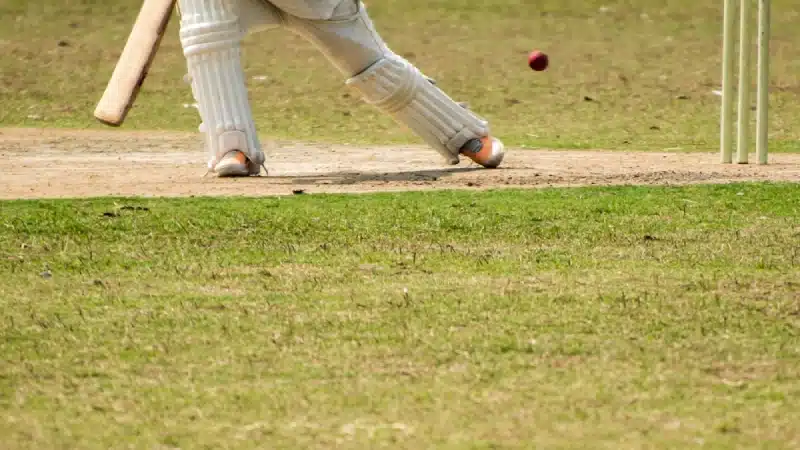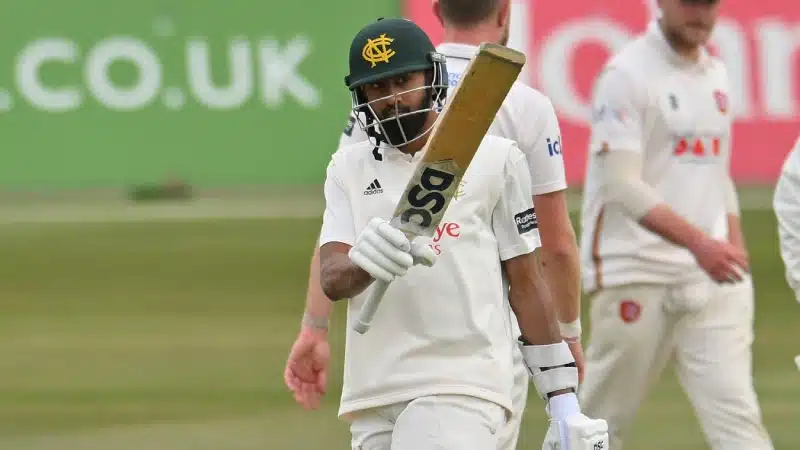
India had waited twenty-eight years for this moment; a moment of pure bliss and absolute hardship. Following Australia’s total domination – winning three back-to-back titles from 1999-2007 – it was finally a change in guard at the helm. More happily so, it was serendipity for India to conquer the ICC World Cup on their home soil, something that had never been achieved before, as they awaited a confident Sri Lanka team at Wankhede stadium on April 2, 2011.
The crowd and the euphoria had set its rhythm so much so that Kumar Sangakkara’s call during the toss was lost in the echo. Zaheer Khan’s supremacy with the new ball was made evident early in the game when Sri Lanka found themselves 60 for 2 in 17 overs. He had bowled consecutive maidens and by the end of his fifth, he had conceded just six runs.
What followed next was another artistry, this time around, from the opposition camp. Mahela Jayawardene stepped on and defied everything the Indian attackers threw. Standing his ground, Jayawardene played three 50-run stands during his unbeaten 103, and along with Nuwan Kulasekara, he fired his side from 182/ 5 to 248/ 6.
From then on, it was all about all-rounder Thisara Perera, who thrashed the Indian bowlers for 22 off just nine deliveries. And Zaheer, who hadn’t put a foot wrong thus far, was smashed for 17 and 18 in his final two overs.
India had conceded 54 runs from their final four overs and with 274/6, they were tasked to perform the biggest run chase in a World Cup final.
However big Jayawardene’s stand was, the day – at least for the home crowd – was all about Sachin Tendulkar, who was on the verge of playing his sixth and final World Cup for India and yet, still chasing his dream of lifting the trophy like a lost child.
Prakash Singh / AFP
The doomsday for India continued as Virender Sehwag, who had hit a boundary from the first ball in each of India’s previous eight innings, lost himself in Malinga’s swing in as early as the second delivery.
What followed next led to a funeral-like silence around the Wankhede Stadium. He may have scored two centuries and two half-centuries early in the tournament, but luck wasn’t favouring Sachin on the day. On a Malinga-outswinger, the demigod of cricket was shown his way back to pavilion for mere 18 runs.
And just like that, the God had vanished and so did the hopes the thousands at the Wankhede stadium that day were carrying. For years, Tendulkar had been a synonym to cricket, thus that absolute feeling of dejection was obvious. So little did they know though, that the mortals from the team would lift the soul in the most wonderful way possible.
At 31/2 in seven overs, a certain Gautam Gambhir became the silent guardian and alongside Virat Kohli, laid down a much-needed 83-run partnership for the third wicket. The ship was steadied but the dock was still far from the reach.
Following Kohli’s salient contribution, it was MS Dhoni’s time to play the captain’s innings. Eyebrows, however, were raised given that he came ahead of his usual spot, and ahead of Yuvraj Singh. And he did struggle, he did initially, but as soon as the impulse was picked, he sent the Wankhede crowd into a frenzy.
Prakash Singh / AFP
At the other end though, Gambhir continued weaving his sorcery and as he reached towards his first World Cup century, he dropped the anchor and lost himself at 97 to Thisara Perera. No World Cup final has seen two centuries, and unfortunately, the record stays intact.
Dhoni and Gambhir – more or less – had done their job, and Yuvraj Singh further buttered the path to glory. Two consecutive boundaries off Malinga was eventually followed by a maximum over the long-on – off Nuwan Kulasekara – and that’s how the captain finished off in style.
The post-match commemoration though was all about Sachin. After all – in Kohli’s words - "He's carried the burden of our nation for 21 years. It was time to carry him on our shoulders today."






















